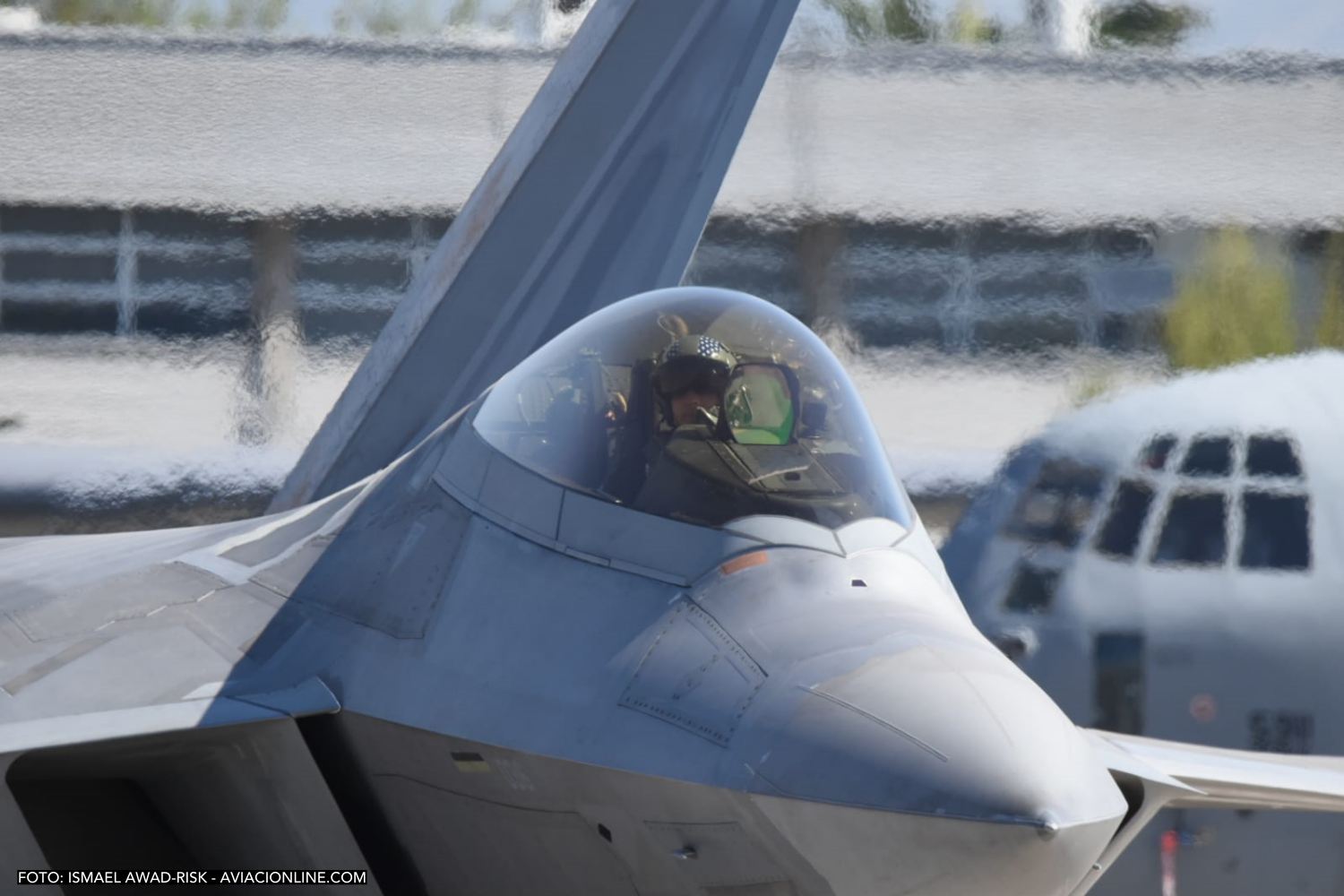Lockheed Martin to upgrade F-22 Raptor with advanced TacIRST infrared sensors
The F-22 Raptor will integrate TacIRST sensors to detect stealth threats and enhance its defense.
Lockheed Martin has received a $270 million contract from the U.S. Air Force to integrate a distributed system of next-generation infrared defensive sensors into the F-22 Raptor. This system will enable the F-22 to detect and track aerial threats, including stealth targets, passively and immune to electronic warfare.
The F-22 will incorporate a distributed array of embedded TacIRST sensors developed by Lockheed Martin, which will enhance the aircraft’s survivability and lethality. This system, known as the Infrared Defensive System (IRDS), is designed to improve the fighter’s defensive capabilities. In addition to managing the integration of the IRDS on the F-22, Lockheed Martin will also support its implementation on other aerial platforms.
"We understand the need for advanced and versatile infrared systems like IRDS that will make pilots' missions more survivable and lethal against current and future adversaries," said Hank Tucker, vice president of Missions Systems at Lockheed Martin. "We're committed to supporting the Air Force through continuous innovation of capabilities to deter and defeat evolving threats."

Justin Taylor, vice president, F-22 program at Lockheed Martin added: "Lockheed Martin is proud to continue partnering with the Air Force on essential modernization efforts for the Raptor, leveraging our expertise in 5th Generation aircraft and air dominance systems to integrate capabilities that ensure uninterrupted U.S. air superiority today and into the future."
TacIRST was unveiled by Lockheed Martin in 2022 and was initially tested on a modified F-5E belonging to the aggressor training company Tactical Air Support (TacAir). Later, it was also tested on an F-22 using a pair of pods mounted under the wings, allowing its performance to be evaluated on a fifth-generation fighter.
Although the full details of its definitive integration into the F-22 are not yet known, it is likely that TacIRST will replace the AN/AAR-56 Missile Launch Detection system. Thanks to the integration of dual-band sensors into the aircraft’s structure, the IRDS could provide 360° coverage for detecting and tracking air-to-air and surface-to-air threats. Additionally, this system will work in conjunction with radars and other sensors to enhance situational awareness and threat identification.
This upgrade comes at a time of uncertainty about the plans to replace the F-22 under the Next Generation Air Dominance (NGAD) initiative. It underscores the importance of keeping the Raptors modernized as the most advanced fighters in the U.S. inventory, especially now that China appears to be testing two highly advanced sixth-generation fighter models.


Comentarios
Para comentar, debés estar registrado
Por favor, iniciá sesión